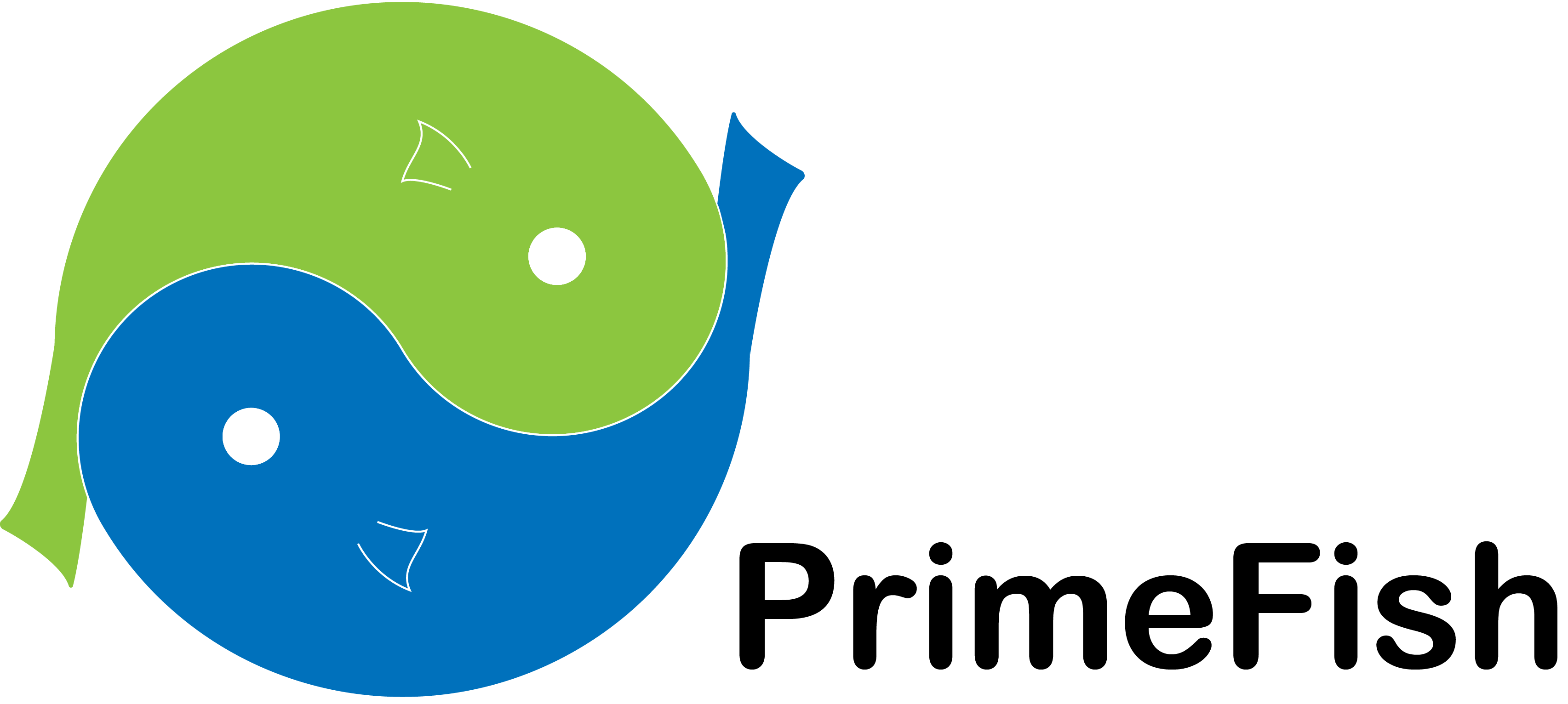Interview to Guðmundur Stefánsson, the leader of the PrimeFish project
What kind of experts compose the PRIMEFISH consortium?
PRIMEFISH has a great number of experts in economics, marketing, food sciences and value chain analysts, specialized in fisheries and aquaculture sectors.
Why are researches from Vietnam and Canada also involved?
Nowadays, the 65% of seafood consumption comes from out of European Union. So, we decided to include in our Consortium experts from Canada and Vietnam. They will focus on analysing the trade from these two countries to Europe. Because people want to know the origin of the products.
What is the common objective that joined the main European research centres, universities and international experts in the PRIMEFISH consortium?
The fisheries and aquaculture sectors do not always achieve their expected results. The PRIMEFISH consortium and these sectors have common objectives. So, in PRIMEFISH, we want to improve their results with our findings.
Then, the aim of the Project is to improve economic sustainability and the competitiveness in the fisheries and aquaculture seafood sectors. In your opinion, which are the main challenges for the sectors?
There are excellent companies and producers in the European fisheries and aquaculture sectors, but, sometimes they are not well connected with the markets and consumers. Better connections will allow us to achieve a large part of our goals.
PRIMEFISH also aims to minimize and mitigate the impact of the boom and bust cycles in the seafood prices. This is a very ambitious goal of the project. One of the most important outputs of the PRIMEFISH will be giving to stakeholders predicting capacity and early warnings to reduce these cycles. If we are able to manage them adequately, we will contribute to increase the stability in the market.
Another great challenge is to produce for our own market, enhancing local production for local consumption. The project will attempt to give premium attributes to seafood products and to provide companies with the necessary tools for distinguishing themselves in the market, improving the labelling, traceability and certification schemes.
Summarizing, the overall goal is the exploitation of competitive advantages to make the difference in the seafood market, minimizing the negative impacts of sudden fluctuations of the prices. Comparing ourselves with the best of the world. This is a way of strengthening the competitiveness of the companies, driving them towards excellence.
Has the Project any case study?
It is impossible to study all the European seafood market. So, following a realistic approach, the Project has selected, as case studies, some relevant species: cod, salmon, trout, sea-bass, sea-bream and pangasius. In parallel, the Canadian cod and the Vietnamese pangasius will be analysed by partners of these countries to comprehend the international trade.
PRIMEFISH will collect knowledge on the European seafood products market. How will be done?
There is a lot of information and data up to date, but sometimes it is not available. To overcome this fact, the project will have the support of the Industry Reference Group. They will collaborate closely in the development of the different models and tools, providing data and validating the results.
How will the Project facilitate the data access to fishermen, producers or consumers?
The Project has a communication strategy for creating shared value among fisheries and aquaculture associations, processors and, definitely, consumers. Open databases will be also created in order to bring the information to the stakeholders who need it.
How will consumers benefit from PRIMEFISH results?
The consumers will benefit from the Project outcome: competition in prices and quality linked to the origin. We stress for the issues required by consumers, for instance, increasing the offer of local products.
